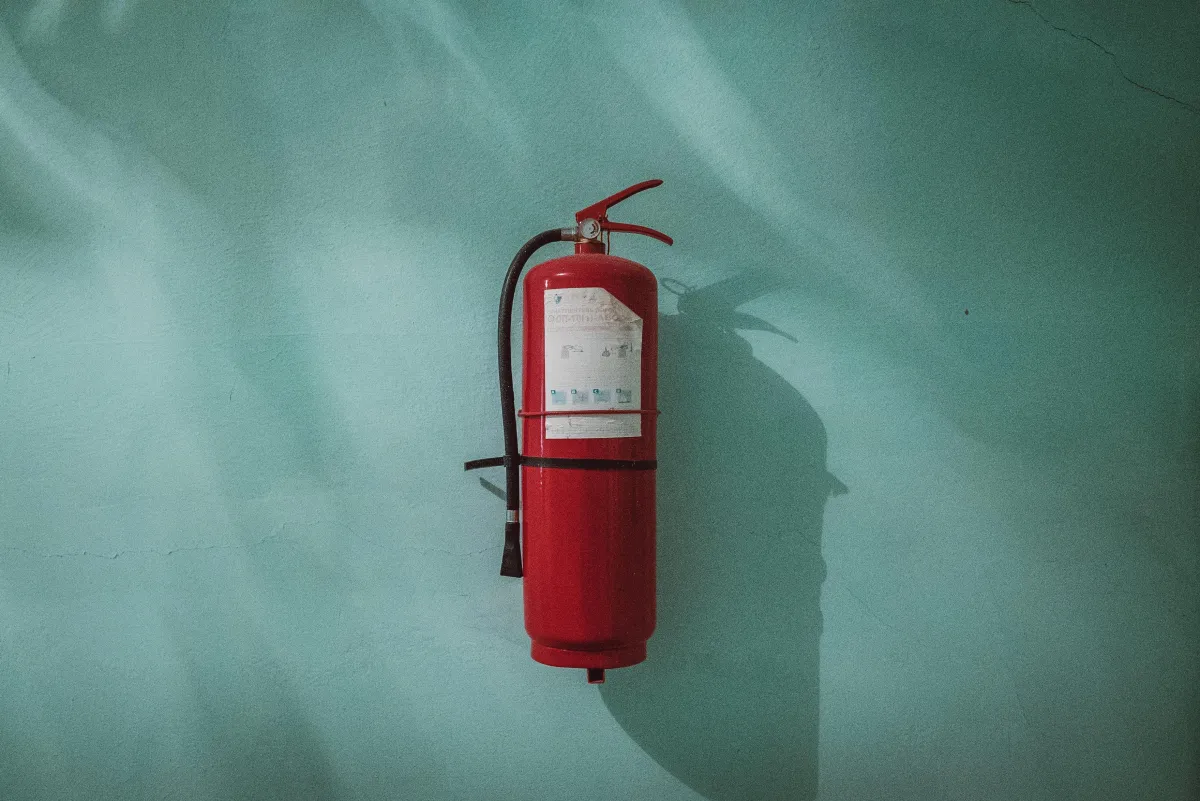The Safe Bet Blog
Learn about Safety Regulations
and how to meet Occupational Health & Safety requirements

What is the process for developing and implementing an Emergency Response Plan?
The process for developing and implementing an emergency response plan typically involves the following steps:
Identify potential emergencies: Identify the types of emergencies that are most likely to occur in your workplace. This can be done by reviewing past incidents, conducting a risk assessment, and considering factors such as location, weather, and hazardous materials.
Develop an emergency response team: Create a team of individuals who will be responsible for responding to emergencies. This may include first aid responders, safety personnel, and management.
Create an emergency response plan: Develop a plan that outlines the procedures that will be followed in the event of an emergency. This should include details on how to respond to different types of emergencies, communication protocols, and evacuation procedures.
Train employees: Train all employees on the emergency response plan, including their roles and responsibilities.
Test the plan: Conduct regular drills and exercises to test the emergency response plan and identify areas for improvement.
Review and update the plan: Regularly review and update the emergency response plan to ensure that it remains effective and relevant.
It is important to note that the specific requirements for developing and implementing an emergency response plan may vary depending on the industry and location. Employers should consult with relevant regulatory agencies, such as WorkSafeBC, for guidance on developing an effective emergency response plan.
You can find more information about Emergency Response Plans on the WorkSafeBC website by following these steps:
Go to the WorkSafeBC website at www.worksafebc.com.
Click on the "Health & Safety" tab on the top menu bar.
From there, you can access information on developing and implementing an Emergency Response Plan, as well as resources and tools to help you with the process.
Fast Track your Safety Compliance Today
